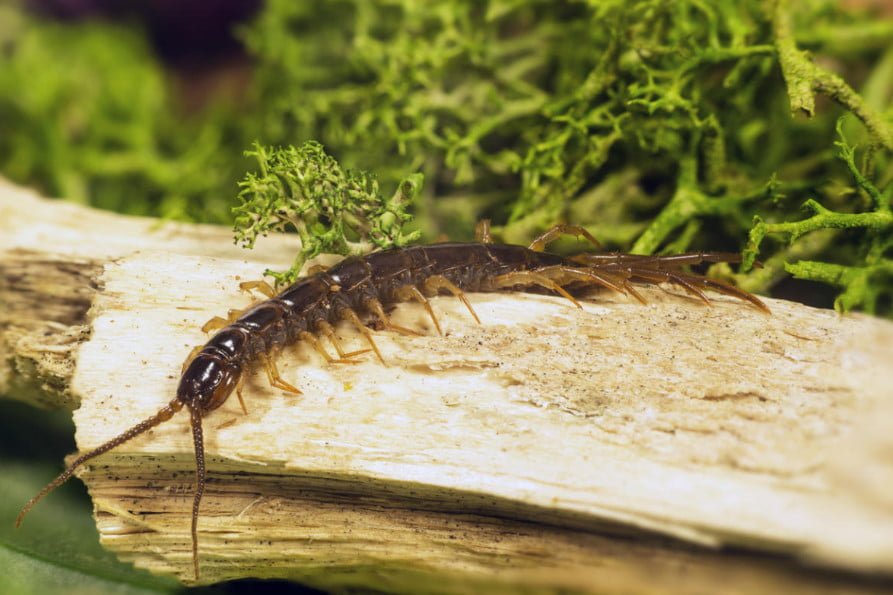
The soil is a hostel where a huge number of small living creatures live, which does not like to show itself: the soil for them is a house — fortress, and not an exhibition hall.
However, at the end of spring, when the land is warm (especially when it is drizzling light rain), when gardeners and gardeners clean their plots from last year’s debris, the eyes come across millipedes. And later, when digging beds with a fair amount of humus (or planting tomatoes) millipedes are also visible. Pretty hard to call them, but the word “frightening” sounds good, right, and no wonder: few people familiar with these inhabitants of the garden beds. Although, why beds? We meet them in the garden, but in fact millipedes live in forests and steppes. They do not like dry soil and sunlight, hide in shelters during the day: in the soil, under stones, under piles of lovely leaves, even under logs, and sometimes under the bucket left between the beds.
Millipedes: Julida, Lithobiomorpha and Geophilomorpha
It is easy to define everyone. Julida has a lot of legs (more than a hundred pairs), but the animal is slow: while from the first legs on the first segments it will turn to the last!
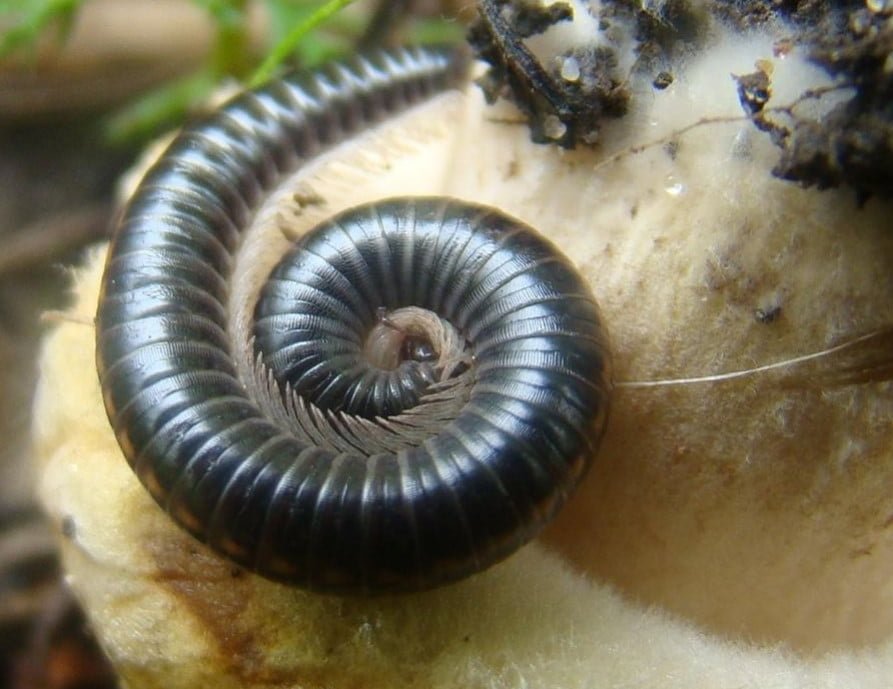
Legs small (their still see need to), thin and weak, because they are slow-moving: move smoothly, slowly, bending, like a gymnast tape at a very slow view.
Lithobiomorphas-animals are fast, but legs (strong, long) they have only 15 pairs.
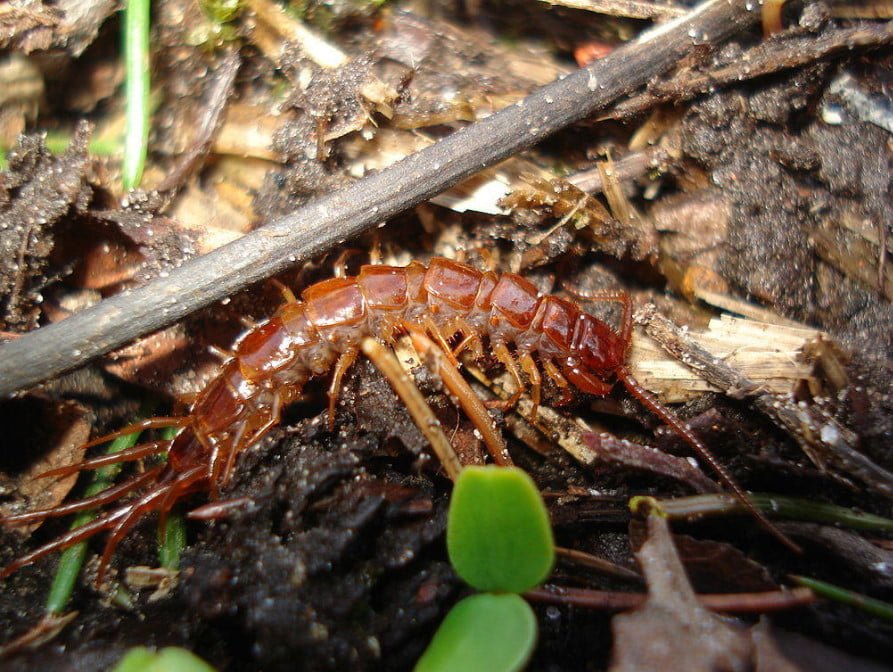
If suddenly the shelter was broken, then catch Lithobiomorpha is unlikely, and not only because of the surprise of the meeting — she quickly manages to hide in the gap.
Light thin body Geophilomorpha carry more than 30 pairs of legs, are fast, but somehow not very skillfully, as if drawing a sinusoid.
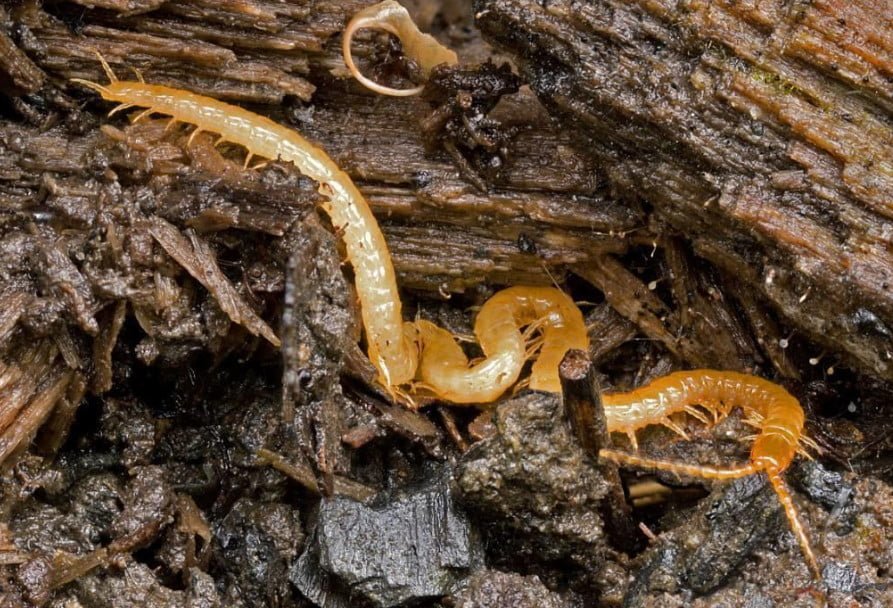
But this type of movement allows you to literally drill into the soil: just Geophilomorpha was on the surface-and now it is already gone.
Oniscidea have too many legs, although smaller than those of Lithobiomorpha.
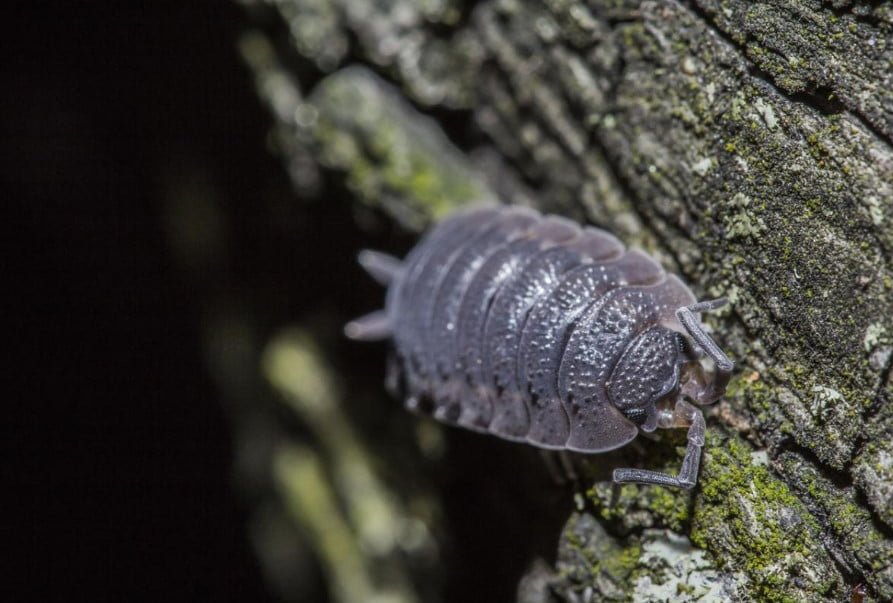
With these animals are familiar to all, because in homes and apartments with them is brought to meet, and even in the garden and even more so a lot. But Oniscidea-not relatives of millipedes, they are related to cancers: breathe like cancers-gills, because they always live in wet places.
Millipedes: harm
Oniscidea in greenhouses can damage seedlings, but prefer weeds, because special damage is not brought.
Julidas rarely damage plant roots and strawberry berries lying on the ground. Dry weather forces them to feed on living plants, because the water is not enough for animals.
Lithobiomorpha can feed on young leaves if you do not have the right food.

About Geophilomorpha write that there are cases of damage to their roots and roots of sugar beet.
Millipedes: benefit
Geophilomorphas are predators, they feed on invertebrates, in their diet: small crustaceans, insects and their larvae, round worms, and what remains of invertebrates.
Lithobiomorphas are also predators. They feed on small insects: worms, caterpillars, mites, flies, beetles, small spiders, mosquitoes and gnats. Lithobiomorpha tolerate low temperatures, because in cold weather when the caterpillars of leafrollers or other eaters of the garden plants is very limited in motion, the pests are easy prey Lithobiomorpha.
Julidas is very voracious, fed on fallen leaves, mushrooms, rotten shoots of plants, fallen fruit. They need calcium to create a shell, because they are able to accumulate it not only in their own bodies, but also in the soil. And the calcium in the soil keeps the water. Julidas is a processed manure. The resulting humus is the best fertilizer for plants.
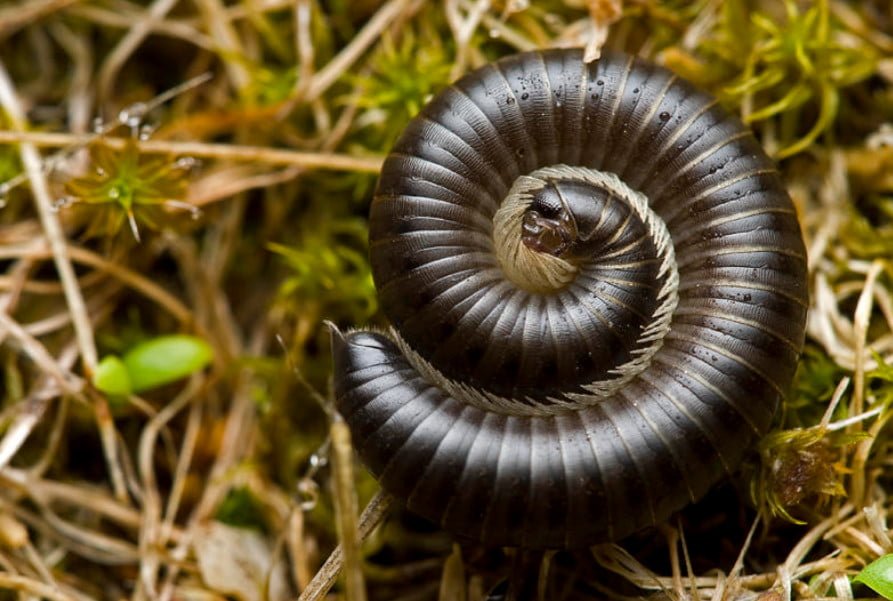
Julida consider soil-formers. In our country there are about 100 species. They have their own food specialization: they are more willing to eat the leaves from alder and ash, as well as Oniscidea, although they do not abandon the leaves of apricot, acacia and poplar, and earthworms more to taste the leaves of hazel and elderberry.
Oniscidea lay in the ground moves-so there are new pores, the soil is better saturated with air. After the lice instead of plant residues appears humus.
So what’s more harm or good?
Sometimes it is important for yourself to decide what is more important: a few plants that can not give a full harvest, or soil fertility and reduction of pests.

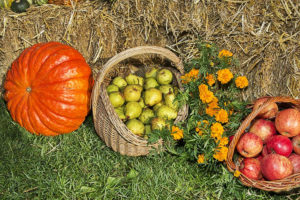

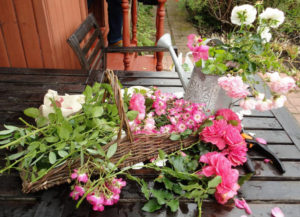
Leave a Reply